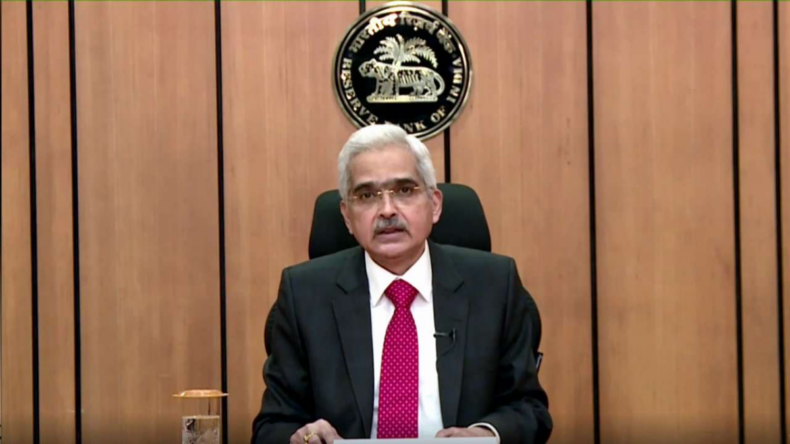The common man, already battling inflation, got another setback when the Governor of RBI warned that there was a possibility of inflation reaching its peak by March. Apart from this, your loan will also not be cheap at the moment. This is because the Reserve Bank of India (RBI) has not changed its interest rates. This also means that there will be no change in your existing EMI.
No relief from inflation yet.
RBI has projected the CPI i,e Consumer Price Index to be 5.3% in the financial year 2021-22. It could be 5.7% in the fourth quarter. At the same time, the CPI inflation for the financial year 2022-23 has been estimated at 4.5%. Inflation is expected to be 4.9% in the first quarter of 2022-23, 5% in the second quarter, 4% in the third quarter, and 4.2% in the fourth quarter.
Interest rates remain stable for the 10th time in a row.
RBI Governor Shaktikanta Das said on Wednesday that in the meeting of the Monetary Policy Committee (MPC), it had been decided not to make any changes in the repo and reverse repo rates. The repo rate that decides the interest rates of the loan are currently 4%, and the reverse repo rate is 3.35%.
RBI has not changed the repo rate for the 10th time in a row. Earlier in the year 2020, the central bank had cut the repo rate by 0.75% (75 bps) in March and 0.40% (40 bps) in May, and since then, the repo rate has slipped to a historic low of 4%. Since then RBI has not made any change in the rates.
E-Rupee prepaid voucher limit raised to Rs 1 lakh.
RBI has proposed to increase the cap under e-Rupee prepaid digital vouchers. RBI Governor Shaktikanta Das said that the existing limit of Rs 10,000 has been increased to Rs 1 lakh per voucher. E-Rupee is basically a digital prepaid voucher, which is received by a customer in the form of SMS or QR code on his phone.
National Payments Corporation of India (NPCI) launched an e-Rupee to promote cashless transactions. E-Rupee is a contactless, cashless voucher based payment method that helps users to redeem vouchers without a card, digital payment app, or internet banking.
What is Repo and Reverse Repo Rate?
Repo rate is the rate at which loans are given by RBI to banks. Banks give loans to customers from this loan. A lower repo rate means that many types of loans from the bank will become cheaper. In comparison, the reverse repo rate is just opposite of the repo rate.
Reverse rate is the rate at which interest is received from RBI on deposits made by banks. Liquidity, that is, cash, is controlled in the markets through the reverse repo rate. A stable repo rate means that loan rates from banks will also remain stable.
There are total six members in the Monetary Policy Committee of RBI.
The MPC of RBI, which decides on interest rates, consists of 6 members. Of these, 3 are the representatives of the government, and the remaining three members represent the RBI, including the governor. The RBI decides on the repo rate and reverse repo rate only in the three-day meeting of the MPC.
Published by- Aashay Bhujbal
Edited by- Kritika Kashyap













